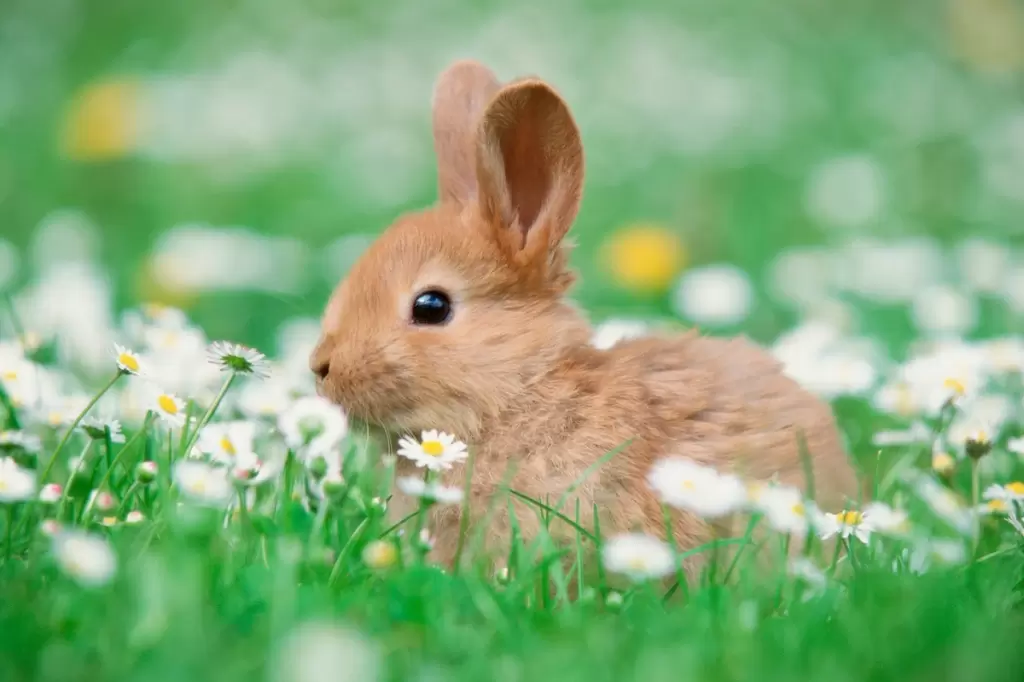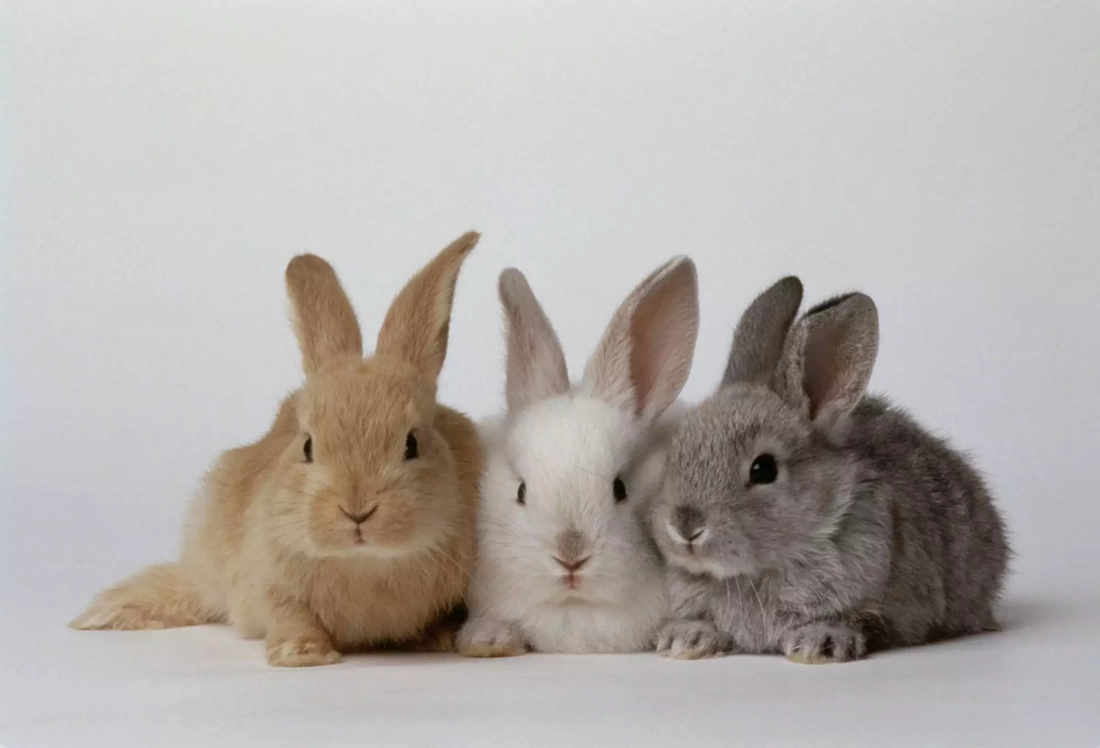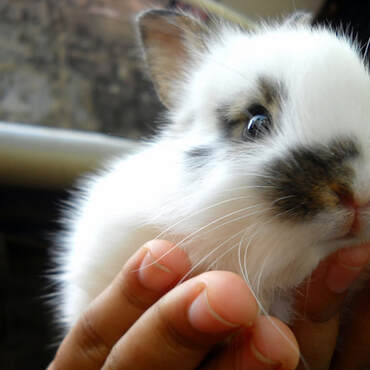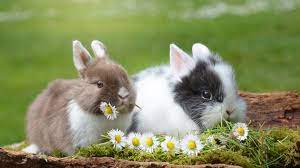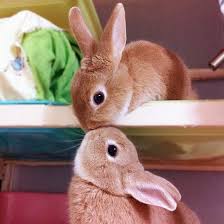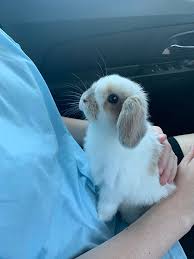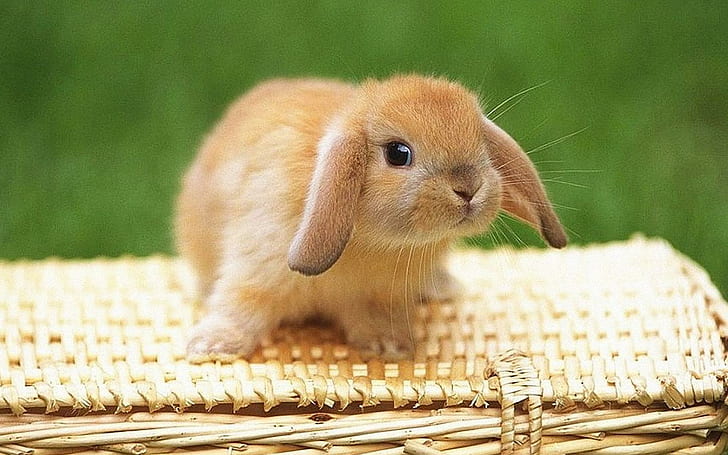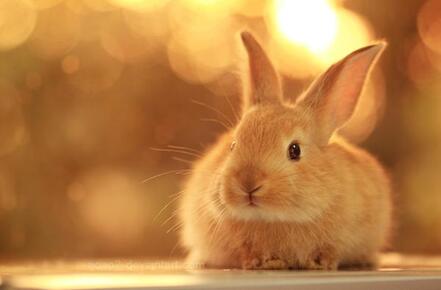"For a long time, domesticated rabbits have been cared for incorrectly, and with their growing popularity as house pets, it’s even more important to know how to give them a happy, healthy life"-- Calliope Dean - 8th GRade
Rabbits have a wide spread diet containing all kinds of vegetables and hay. They can eat certain fruits such as apples and bananas, and many others. In an article from VCA Animal Hospitals, by Laurie Hess and Rick Axelson they write that, “Rabbits should have a daily diet of mostly hay, a smaller amount of fresh vegetables, and a limited number of pellets. Hay is the most important part of a rabbit's daily intake. Unlimited, high-quality grass hay, such as Timothy, orchard or brome, should make up the bulk of a rabbit's diet.” Carrots and certain fruits are fed more as treats than meals, “Carrots should be fed sparingly, as they are very high in carbohydrate and may upset GI bacterial flora."
Rabbits need a big environment to run around in, toys, and other things to keep them stimulated, which is something people don’t account for when getting a rabbit. Contrary to common belief, rabbits can’t live in a really small environment like a small cage from the pet store. They need space to run around, whether it’s in the pen or a yard to run around in. In an article from nidirect.gov.uk, it states, “A rabbit requires a resting area and an exercise area. Your rabbit’s resting area should have at least two compartments. A darkened sheltered area for sleeping away from noise and another for eating/relaxing. All areas should be well ventilated, dry and draught free as damp, poorly ventilated, hot or dirty environments can cause illness.”
Even though it’s easy for your rabbits to get exercise inside a large cage, pen, or hutch, they should also have an area to run around, especially if their living space isn’t too big. This running area can be outside or inside, as long as it’s something different than the cage and large enough for them to run around in.
Leo gets a lot of exercise from running outside in the garden. “I have a really big backyard and he likes to dig in it,” shared Ford. “He gets a pretty good amount of exercise, I’d say.”
Ford has been a rabbit owner for a long time and it started when she was really little, “I don’t know why but when I was younger I really wanted a rabbit, and on Easter my dad got me one.” And she has a little bit of advice to share with new rabbit owners. “Don’t carry them on their backs, you want to always give them a lot of support, or they’ll get scared. Also, don’t give them baths.”
Their diet also consists of hay and vegetables, “They have Timothee Hay, not carrots too often, carrot are like a dessert for them.” Schoeneman’s advice for new rabbit owners is, “They don’t like to be held that much, they will sometimes it depends on their personality. And a lot of people think that carrots are really good for them but they’re more like a dessert, like a cupcake.”
With rabbit’s growing popularity, it’s vital to know how to care for them properly. They’re a very mistreated animal and deserve a happy life, with the right food, enough exercise and general proper care and love.
There’s been a heartbreaking amount of rabbit dumping in the Bay Area
lately and rescues are extremely overwhelmed. If anybody you know wants a
rabbit, tell them to consider rescuing one.
Other Ways To Help: https://patch.com/california/dublin/east-bay-rabbit-crisis-how-help
